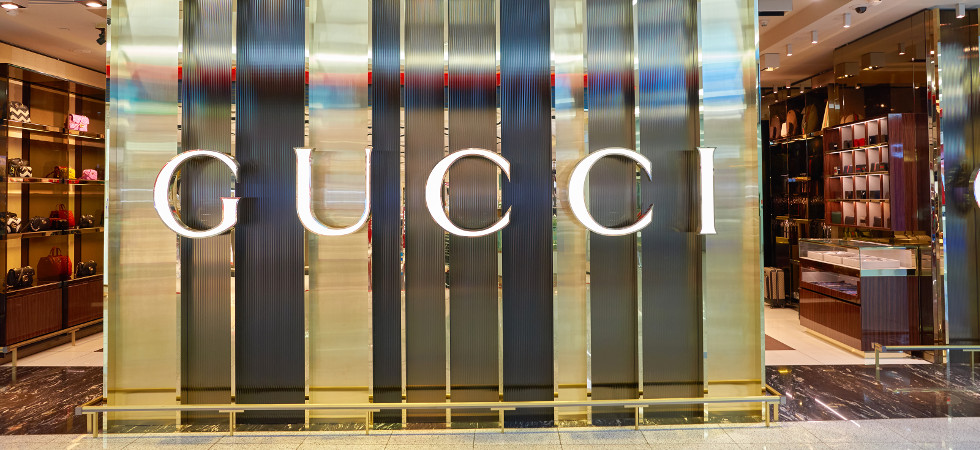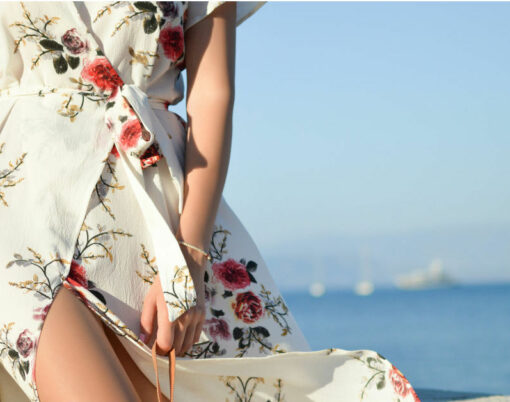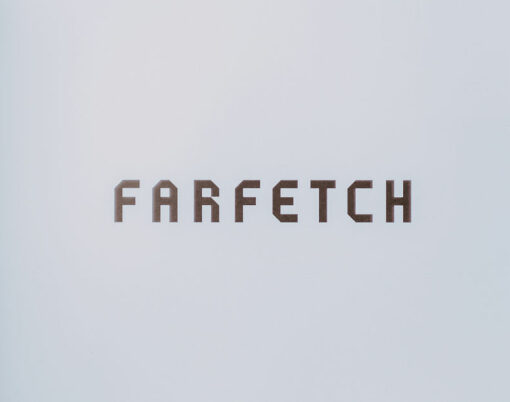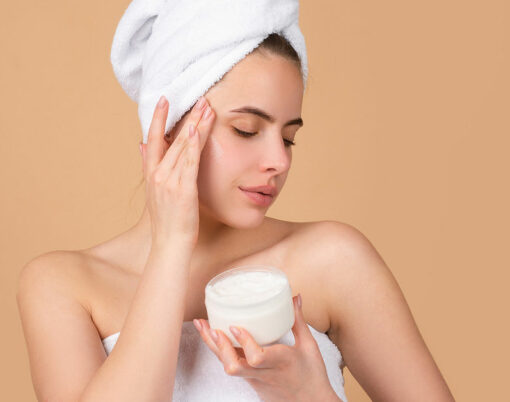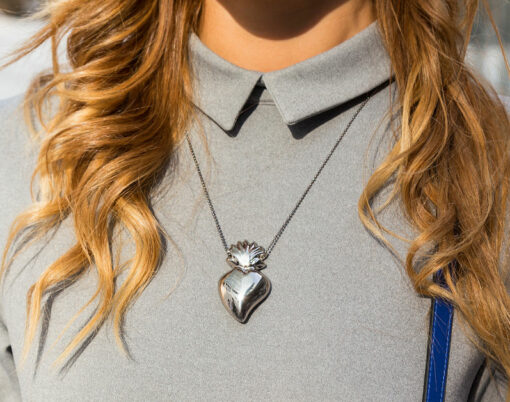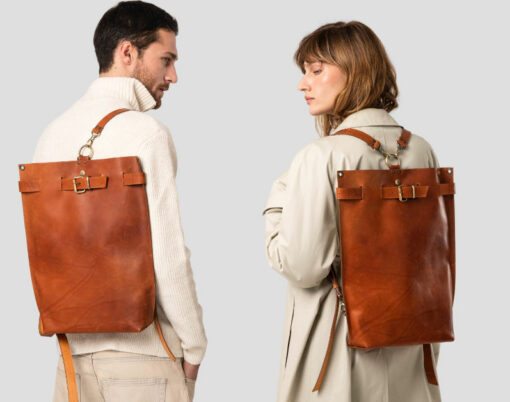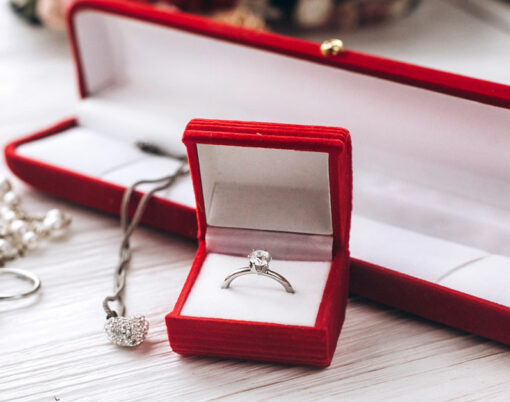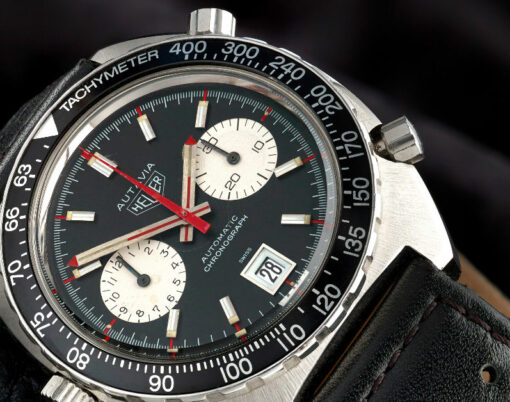High-end fashion labels have come under close scrutiny recently with news of the damaging effects of fast fashion and ethical issues in the industry. Some labels have been making headlines for the right reasons, however – through charitable work in their communities and the development of eco-friendly technologies. From Charles Tyrwhitt’s work with the Prince’s Trust Charity to Lacostes push to save endangered animals, we’ve taken a look at how our favourite luxury labels have been making a difference:
The fight against world hunger: Michael Kors
Michael Kors launched their Watch Hunger Stop movement in 2013 to aid the fight against world hunger. According to the Michael Kors website, they’ve helped the United Nations World Food Programme (WFP) deliver 15 million meals to children in need.
In 2018, in celebration of their 5th year of the campaign, the brand teamed up with actress, Kate Hudson. There are many ways that people can donate — through the purchase of a timepiece, a Snapchat using a store geofilter or through posting a photo wearing a Watch Hunger Stop T-shirt. Each action donates a certain amount of money and corresponding meals to children in need — the programme supports 16 million children over 70 different countries.
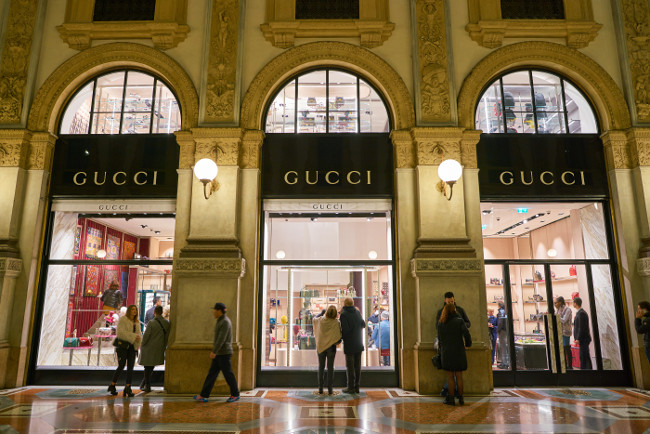
Campaigning for gun control: Gucci
Gucci has taken the time to show its support for a worth cause in recent years, especially when they donated half a million dollars in support of tighter gun control.
Gucci announced that it would be helping the cause following a tragic school shooting in February this year at Marjory Stoneman Douglas High School that resulted in the death of 17 people. It’s possible that Gucci’s generous donation was motivated by the death of Gucci salesman, Javier Jorge-Reyes, and injury of Gucci store manager, Leonel Melendez Jr — both caused by gun violence.
Talking about the March For Our Lives campaign, a statement for Gucci said: “We stand with March For Our Lives and the fearless students across the country who demand that their lives and safety become a priority. We have all been directly or indirectly impacted by these senseless tragedies, and Gucci is proud to join this movement with a donation of $500,000.”
By contributing to the cause, Gucci are making their opinion on gun control heard — commemorating the lives of those lost to gun violence and those who campaign for stricter laws.
Supporting the Prince’s Trust – Charles Tyrwhitt
Retailers of men’s casual shirts, Charles Tyrwhitt (also referred to at CT Shirts), have dedicated a lot of time and effort into helping The Prince’s Trust. This is a charity in the United Kingdom, founded in 1976 by Charles, Prince of Wales. It focuses on helping vulnerable people get their lives back on track and find work.
The brand released a speciial collection of scarves, ties, umbrellas and of course their iconic shirts — all dedicated to raising funds for the charity. Where each item in the collection is sold, £5 is donated to The Prince’s Trust.
This isn’t all that they’ve done for the charity either. Employees at Charles Tyrwhitt are also involved with raising money. In fact, business founder, Nick Wheeler, raised over 100,000 when he completed an 874-mile bike ride from Land’s End to John O’ Groats in the UK. And, members of the company attend and recruit individuals through The Prince’s Trust ‘Get Hired’ Days. This is where young people who have been through The Trust’s programmes have found themselves ready to move into work and are actively looking for work.
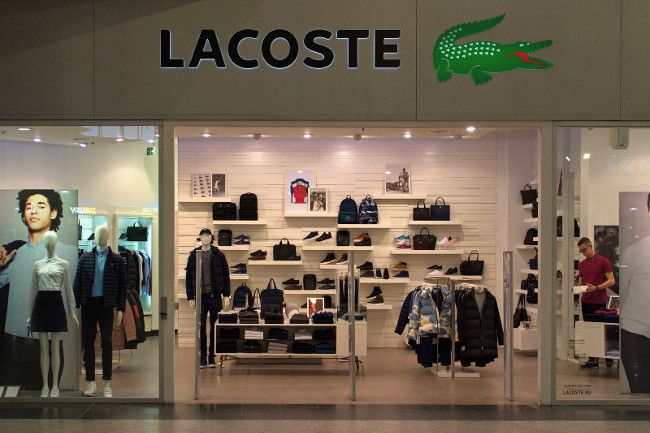
Helping endangered animals – Lacoste
At the start of 2018, Lacoste launched their #LacosteSaveOurSpecies campaign. A part of this, they replaced their classic crocodile logo with images of endangered species on their classic polo shirts.
The campaign was started to mark a three-year partnership between Lacoste and the International Union for Conservation of Nature — whose mission it is to conserve the integrity and diversity of nature. The fashion brand offered limited editions of each polo shirt in relation to how many of the species there were left in the wild. The new logos were designed using the same green colouring and style as the iconic crocodile.
How did they choose which animals to include? The animals that were chosen were 10 of the most threatened species on the planet; the Vaquita, Burmese Turtle, Northern Sportive Lemur, Javan Rhino, Kakapo, Cao-vit Gibbon, California Condor, Saola, Sumatran Tiger and the Anegada Ground Iguana.
The limited polo shirts were released during the brand’s runway show at Paris Fashion Week and sold out immediately. The money from the shirts was donated towards the fight for wildlife conservation worldwide.
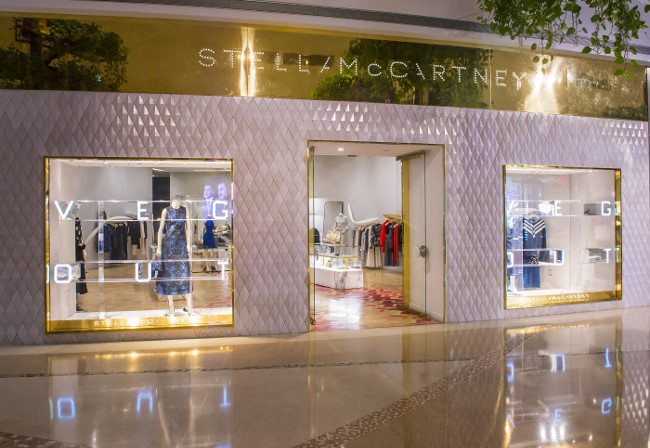
Creating sustainable fashion — Stella McCartney
Many people recognise Stella McCartney for her approach to ethical fashion. She continually makes a difference with regards to environmental fashion and sustainability. Using the latest in eco-friendly technology, she changes attitudes to sustainable fashion and demonstrates how eco-fashion can be done.
Her brand avoids the use of leather or fur and innovates with new types of materials. Take her latest swimwear range for example, in partnership with Adidas. The swimsuits are made from Lycra Xtra Lite fabric, which is resistant to chlorine and uses recycled Parley Ocean Plastic yarn.
Stella announced her partnership with Colorifix in April 2018, she is working closely with them to reduce the environmental impact of the dyeing process. They do this through isolating the DNA that creates colour in nature and uses 10 times less water than the traditional process.
Image at the very top of the article credit: Sorbis/Bigstock.com












